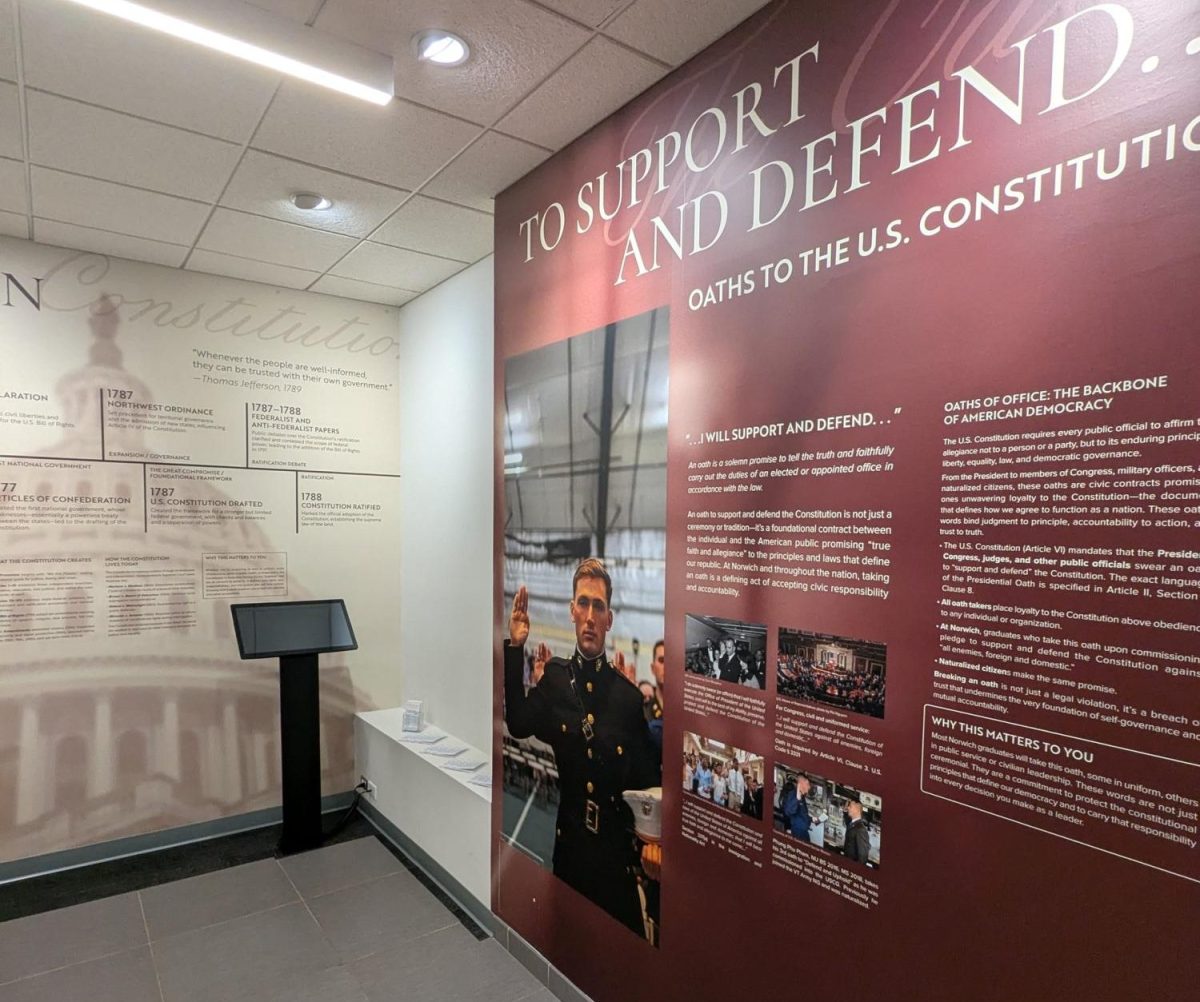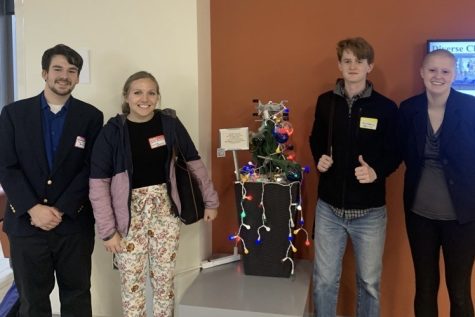Paleoecologist assists mentee in research to reconstruct megafaunal communities in Vermont
I am a paleoecologist, meaning I study ancient ecology. In other words, I try to figure out what lived in the where from the past.
To do this, I core the sediment from the bottom of lakes and ponds. Lake sediment cores provide a record through time of sediment deposition from the most recent at the top to the oldest at the bottom. I study all kinds of things preserved in these cores, including pollen from trees and other plants. Pollen records are one of the best records we have of vegetation from the past.
In Vermont, the past as recorded in lakes, began after the Laurentide Ice Sheet retreated to the northwest between about 14,500 and 14,000 years ago. Pollen and other signs of organic material first started to show up in the sediment around 13,500 years ago around the time the now-extinct megaherbivores roamed North America.
I am helping mentee, Nate Rice, piece together pollen and other plant fossils that were growing and being eaten in Vermont during those early post-glacial years.
I love working with Nate because he is so curious and driven by the sheer coolness of giant extinct animals, but he also thinks like an ecologist and asks great questions about past, seemingly crazy environments. I am generally a plant person, so it has been fun and instructive to stop and think about what is eating the plants.
Another plus is that I am learning about dung spores as a record of past megaherbivores (spores from the fungus that grows on mammoth poop) – what could be more exciting? I am excited to mentally head to the Canadian taiga with Nate during the next few weeks to find some modern analog ecosystems where multiple herbivores currently live together and munch on the same plants that grew in Vermont 12,000 years ago.
Your donation will support the student journalists of Norwich University. Your contribution will allow us to purchase equipment and cover our annual website hosting costs.


































